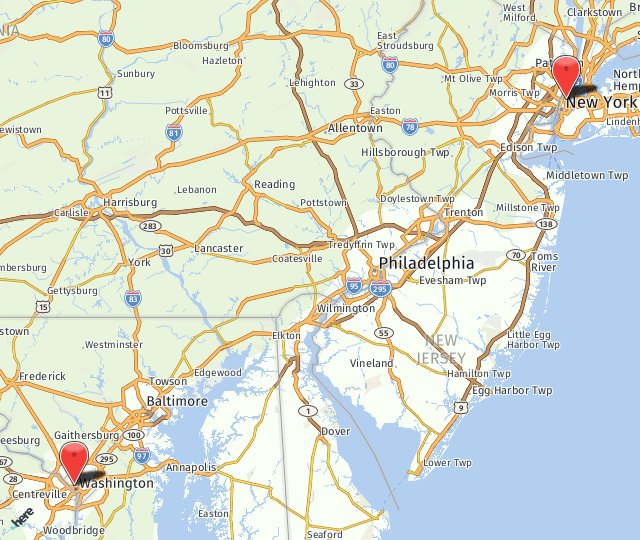For many people, the look of the nose is the cause of a number of aesthetic issues. When part of the nose is out of proportion, it affects not only the appearance of the nose but of the entire face. Fortunately, nose cartilage reconstruction is possible using grafts.
If you would like to reshape your nose for a more natural and attractive appearance, you may need rhinoplasty surgery. Part of this operation may be the addition of cartilage grafts.
What Is Rhinoplasty?
While the cosmetic aspects of rhinoplasty are often emphasized, it’s essential to recognize the functional benefits of the procedure. Many individuals undergo rhinoplasty to address breathing problems, correct congenital issues, or improve nasal function. A successful rhinoplasty should not only enhance the aesthetic appearance of the nose but also ensure optimal respiratory function.
Modern Techniques and Technology
Advancements in surgical techniques and technology have revolutionized the field of rhinoplasty. Surgeons now have access to sophisticated imaging tools, allowing for detailed preoperative planning and precise execution during surgery. Techniques such as closed rhinoplasty and open rhinoplasty offer different approaches, each with its own advantages, and surgeons may choose the method that best suits the patient’s needs.
Cartilage Grafts
If you’re wondering, “What is a graft in a nose job?” A graft is a section of tissue that is taken out of the body, altered, and then placed in another area of the body to achieve functional and/or aesthetic medical goals. In rhinoplasty, a cartilage graft is shaped cartilage used to straighten or build up parts of the nose or to fill in missing cartilage.
Where Is the Cartilage Harvest From?
Cartilage for grafts is typically harvested from the nasal septum, ear, or, in some cases, the rib. The choice of donor site depends on factors such as the amount of cartilage needed, the patient’s anatomy, and the surgeon’s preference.
Is Cartilage Grafting a Painful Procedure?
The discomfort associated with cartilage grafting is generally well-managed with appropriate pain medication. Patients may experience some soreness and swelling at the donor and recipient sites, but these symptoms are temporary and subside during the recovery period.
How Long Does it Take for Cartilage Grafts to Heal?
The initial recovery period varies, but patients typically see a noticeable improvement within a few weeks. Complete healing may take several months, during which swelling gradually subsides, and the final results become more apparent.
Can Cartilage Graft Shift After Rhinoplasty?
It’s possible for cartilage grafts to shift after a rhinoplasty procedure. The stability of cartilage grafts depends on various factors, including the surgical technique used, the type of graft material, and how well the graft integrates with the surrounding tissues. Several factors can contribute to the graft shifting:
- The Surgical Technique: The skill and precision of the surgeon play a significant role. A well-executed surgery with proper placement and fixation of grafts can minimize the risk of shifting.
- Graft Fixation: If the grafts are not securely fixed in place during the surgery, they may be more prone to movement. Surgeons often use techniques to suture or secure the grafts to prevent displacement.
- Healing Process: The body’s natural healing process can affect the stability of grafts. In some cases, the grafts may shift slightly as the tissues heal and settle.
- Individual Healing Response: Each patient’s body may respond differently to surgery, and some individuals may experience more movement of grafts than others.
Be sure to follow your surgeon’s postoperative instructions. These instructions will include activities to avoid putting a strain on your nose during the initial healing period.
Can Cartilage Grafts Be Rejected by the Body?
Since the graft is often harvested from the patient’s own body, the risk of rejection is minimal. Autologous (self-derived) cartilage is well-tolerated, reducing the likelihood of complications associated with graft rejection.
The Graft Creation Process
When looking to add tissue to the tip of the nose, cartilage is harvested from one of three areas of the patient’s body:
- The ear (conchal cartilage)
- The septum (septal cartilage)
- The ribs (costal cartilage)
Septal cartilage is more pliable than conchal and costal cartilage, which are thicker and stiffer types of cartilage. The best type to use for your case will depend on the issue you are trying to correct.
After harvesting enough cartilage from the chosen regions, Dr. Somenek crafts the cartilage into shapes and then sews the pieces together to shape a graft. As you might expect, this process requires a high degree of care and precision.
Surgeons have two chances at most to sew the pieces of cartilage together. If the surgeon makes any mistakes, the cartilage can crack, making it useless. Because of this, it’s key that you choose an experienced plastic surgeon like Dr. Somenek for the job.
Dr. Somenek considers various factors when using cartilage grafts in rhinoplasty. The overall balance and symmetry of the face are taken into account, which in turn depends on the proportions of the patient’s other facial features. The ideal placement of the grafts is key.
What Can Grafts Be Used to Correct?
Cartilage grafts enable Dr. Somenek to make many types of changes to the nasal architecture:
- If you have a shorter tip of the nose, you may be in need of a shield graft. This graft creates more length for the nasal tip and is shield-shaped.
- Patients experiencing breathing issues as a result of a nasal valve collapse may benefit from a lateral crural strut graft, an alar batten graft, or a spreader graft. Spreader grafts are also very useful for addressing the inverted-V nasal malformation.
- A drooping nasal tip can be lifted using a columellar strut graft.
- When areas of the nose are too short or small, a caudal extension graft may be used to bolster these areas. This graft can also be excellent for changing the direction of the nasal tip.
- Saddle nose is a type of deformity that results from a septal collapse. To treat this, dorsal augmentation grafts or radix grafts may be used.
- If the tip of the nose is too long, plumping grafts beneath the columella change the proportions of the region to shorten the tip’s appearance.
Which Cartilage Graft Is Right for Your Rhinoplasty?
To learn more about the cartilage grafting methods that will be used during your rhinoplasty surgery, schedule a consultation with Dr. Michael Somenek, a double-board-certified facial plastic surgeon. Contact our office today to arrange your consultation.


